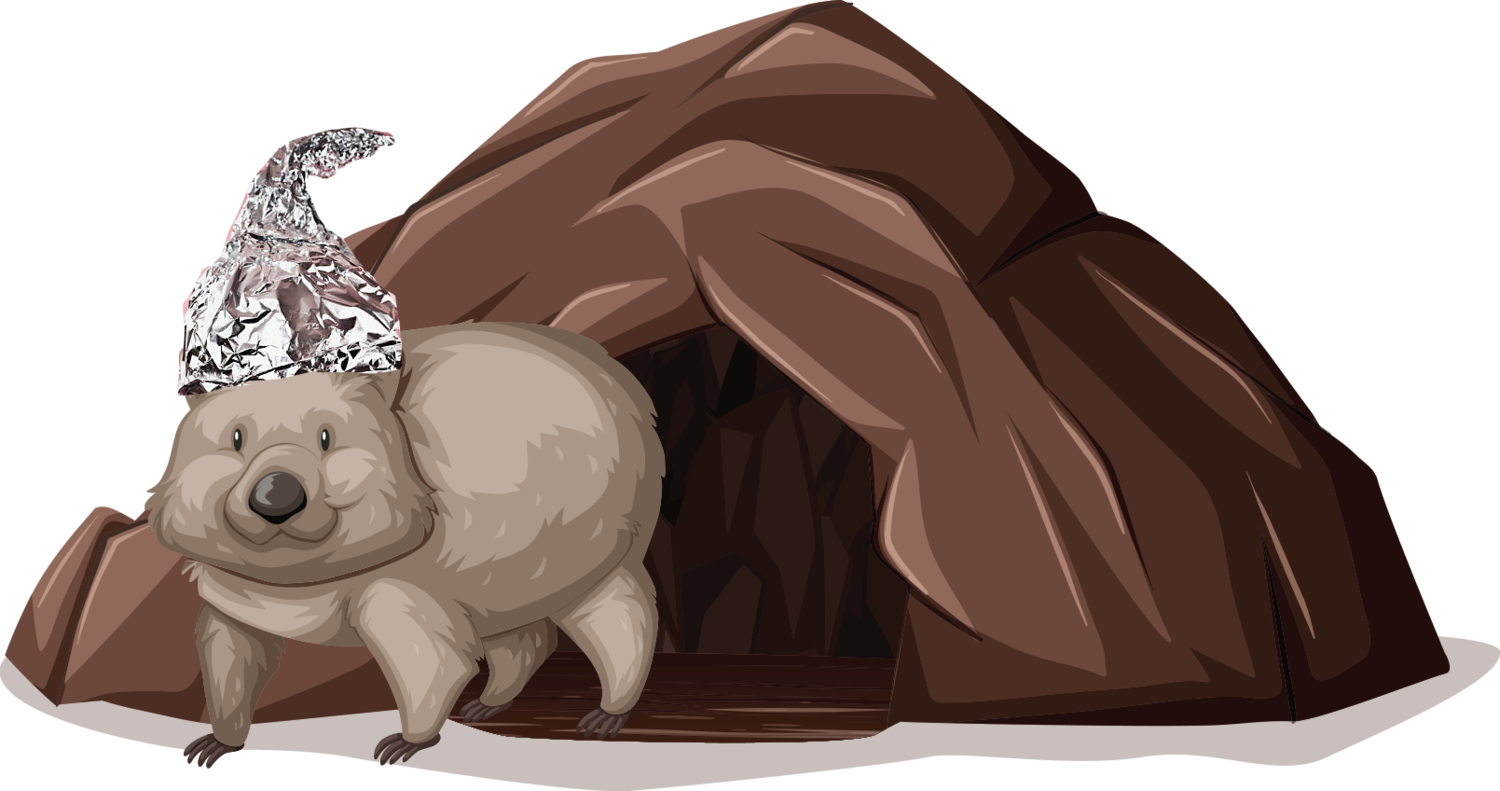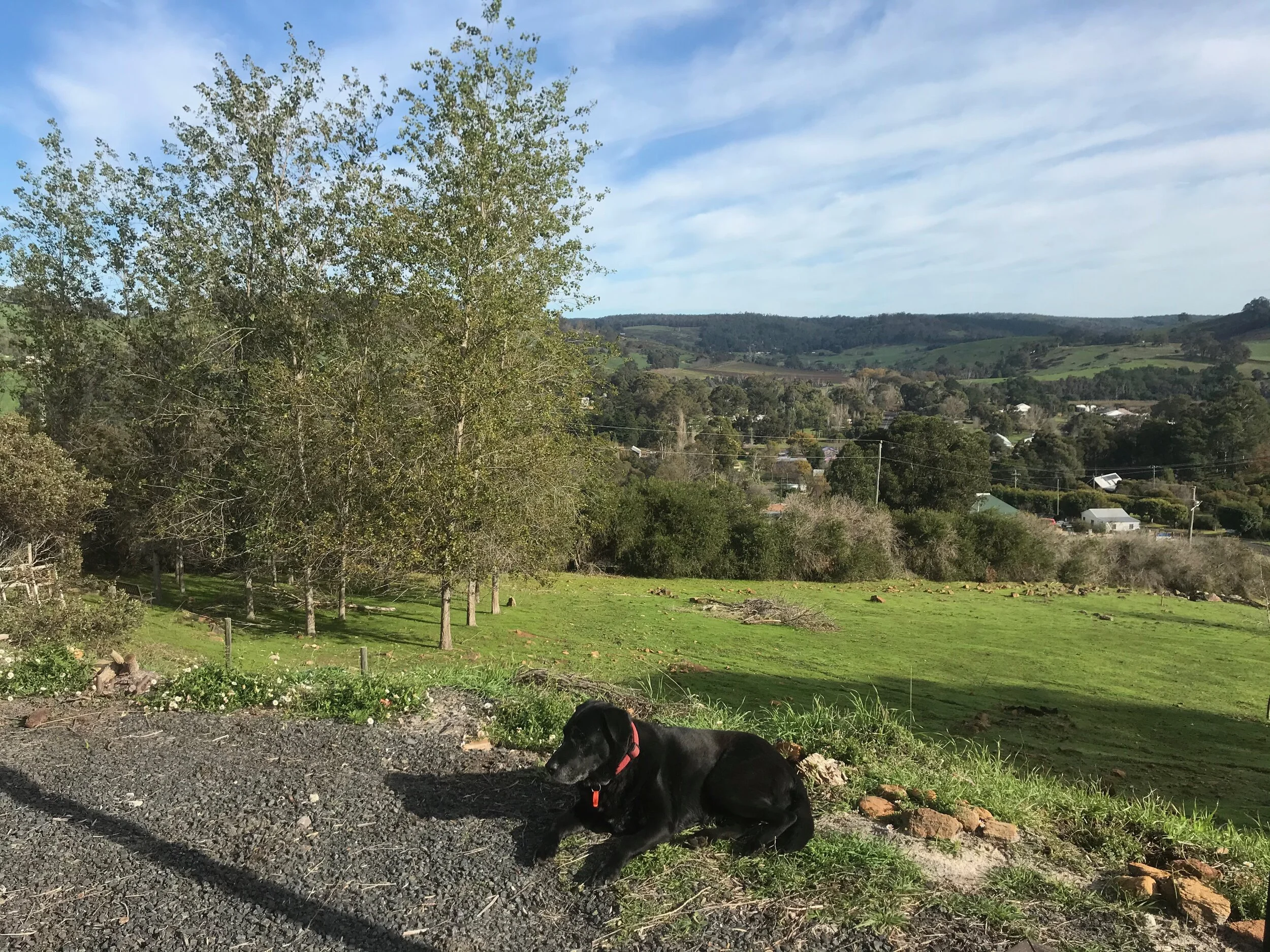For the Love of Dog (Parks)
December 24 2020: On making space for those that we love, human and otherwise.
Juno, not in a city.
Most mornings, and every good morning, I get down to the local beach in my beautiful home town of Esperance, Australia.
I attempt a jog along the sand, with various levels of success, depending on my level of motivation and discomfort. I attempt a swim, depending on the weather and the strength of my constitution on the said morning. I also attempt a meditation, depending on the number of other people using the beach and my level of self-consciousness.
A lot of the time, especially on busy mornings, I will simply end up sitting, watching. Watching the ocean, watching the waves, watching other people… but mainly watching their dogs.
Walking my parent’s dog Juno was one of the few untainted pleasures of my previous life in my old home city of Perth.
I was fortunate that they lived right next to a piece of land that had been set aside for a highway, which had been delayed due to various political factors. For a long time, the land was virtually untouched, not even maintained to the level of a conservation reserve with fences and paths: creating a type of wild rural landscape that is increasingly scarce in cities due to the constant desire to develop everything.
This hidden gem and the love of retained nature that it fostered within me manifested in a Ph.D. dissertation on the topic of urban parks — and then, for my data collection, numerous visits to a dog park in the outer suburbs of Perth.
Local Government gets a bad wrap, but this dog park was an example of the kind of amazing things these institutions can achieve when they tap into the needs of their communities in good faith.
It was created from what was essentially dead public space: a seasonally flooded grassed drainage basin in the corner of a park dominated by sporting facilities. Many of these basins — typically dry and useable for the vast majority of the year — simply lie dormant in parks. In this case, the local authority decided to put a fence around it, two gates on either side and a raised avenue between them, complete with a path and shaded picnic table right in the middle. In doing so, by providing a dedicated space for off-the-leash dog exercise, they turned this space into one of the most valued and used pieces of public land in the suburb.
I would go to the park mainly to survey local residents on how they used the park and what they value it for. I am an introvert, and the act of approaching a stranger in a public space, knowing that the majority of these people would rather you were not approaching them, was mildly traumatic. It was, however, hugely character-building and rewarding, and I had some absolutely ripping conversations with some of the many people who engaged in good faith once they realised why I was there.
I learned about local politics and community dynamics. I learned about family and personal issues that I really had no right to be told, but was clearly chosen as a safe and convenient vessel for which these issues could be unloaded upon. I learned, most amusingly, that some troll had once brought their pet pig to the park, setting off a mad frenzy amongst the canines present (I was assured the pig had survived the ordeal unscathed).
As rewarding as forcing myself into these social situations was, the most enjoyable part of being in the park was the dogs themselves.
People are under no obligation to be dog people, free will, and all. I would, however, be lying if I said that I didn’t feel sorry for what they are missing out on. There are few greater bringers of joy than a dog in its element. And there a few places for dogs, cooped up in ever-shrinking backyards and with increasingly busy owners, to find their element then local dog parks.
Many dogs would go straight up bat-shit crazy once off their leashes: catapulting around the park in seeming transcendent moments of physical and mental release. After the initial rush (or, for many, at the same time as this rush), it was time for the socialising. Barking, sniffing, occasional humping, guarded stares from a safe distance: dogs have many ways to interact with each other, often in a way that seems somewhat telepathic. It was, except for some of the more dramatic moments, a joy to watch, and a form of entertainment that would assist in my recovery from the stress of interrogating another stranger.
Thus it occurred to me: just like we provide parks for the physical, mental, and social benefits of humans, so too was this dog park serving the same three functions for our best friends. They are more like us, and subject to many of the same needs, than many of us may realise.
I’m certainly not alone in pointing out how humans like to make things about ourselves, often to an infuriating level and often to the detriment of other species. There are numerous obvious examples, but the way dog parks have to be justified for their benefits to humans rather than their benefits to the creatures they are designed for is as telling as any.
There are many fine lines that we walk by taking on the challenges of urbanised lifestyles. Those who have pets, and especially the type with the level of kinetic energy as most dogs, take on another layer of complexity to the equation. There are unavoidable moral consequences of subjecting canines to this environment for our own enjoyment and companionship.
I’m not sure dog ownership and urban living can remain compatible, on this moral level, the way things are currently trending. For those who would find life absent a dog simply unacceptable, this incompatibility at least makes the choice easier if they were already feeling drawn to finally leave city living behind.
With that all said, and with this part of the equation taken care of, it’s about time I finally got a dog of my own.

